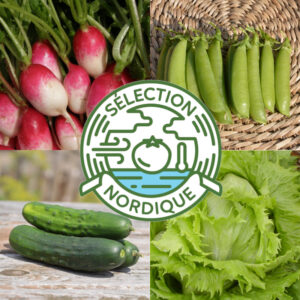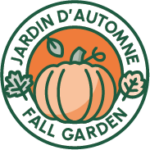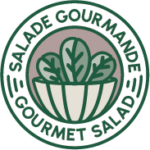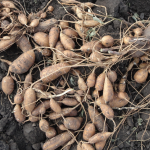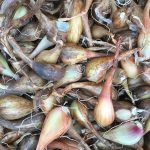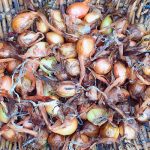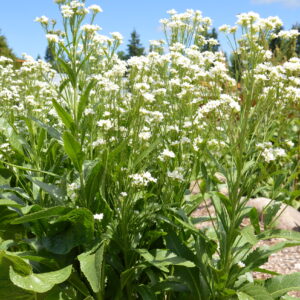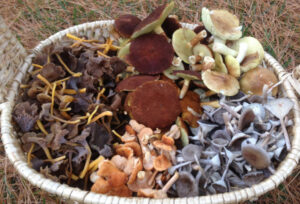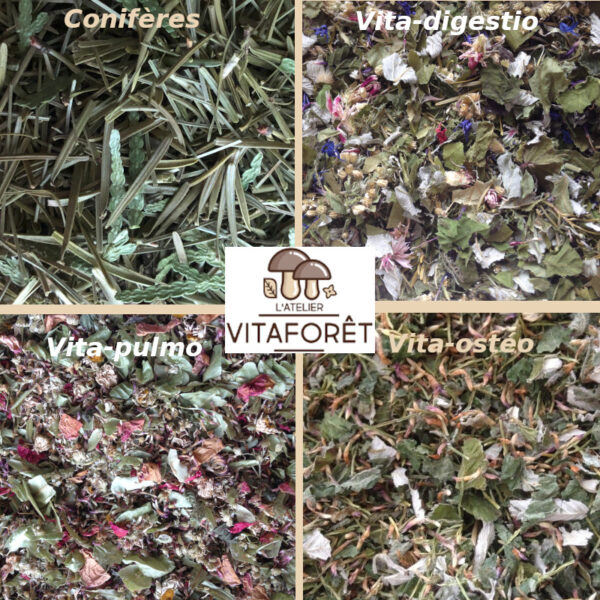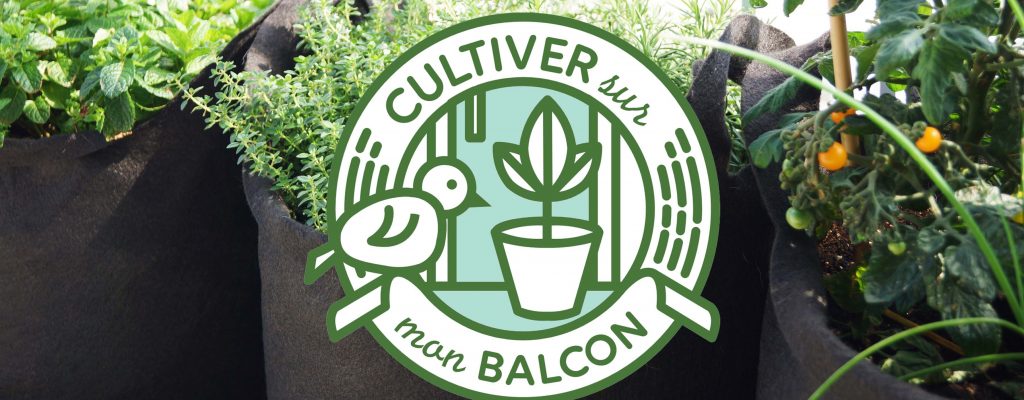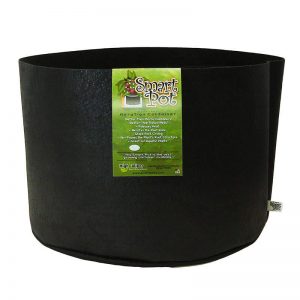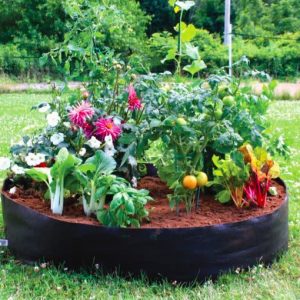The best containers
In felted geotextile
Lightweight, durable, unbreakable, high yield and affordable, these flexible containers are above all compatible with organic cultivation and offered in a wide variety of formats.
Hanging grow bags, upside down
These containers are essential for maximizing space on a balcony. They warm up quickly and are well suited for growing tomatoes and potatoes.
Wooden bins
The wood insulates the roots well from the sun and heat, they can be custom built and they spend the winter outside without danger.
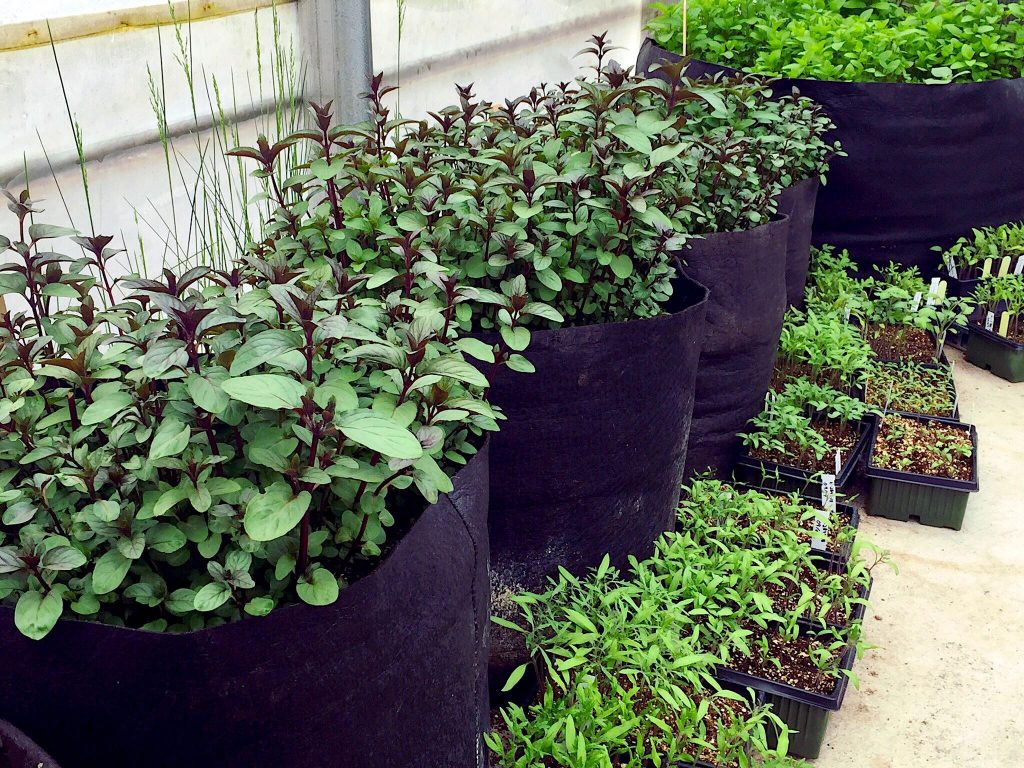
The ideal breeding ground
A very good potting soil for potted vegetable gardens consists of equal parts of moss
sphagnum moss, perlite and compost.
perlite
It gives a more stable framework to the soil and prevents it from compacting.
quickly.
Compost
Because the volume of starting soil is limited compared to that of the vegetable garden, the soil must be rich in compost.
Sphagnum moss
Evaporation is faster in containers than in the ground. With the addition of foam
sphagnum moss in the potting soil, it moistens more evenly and dries more slowly.
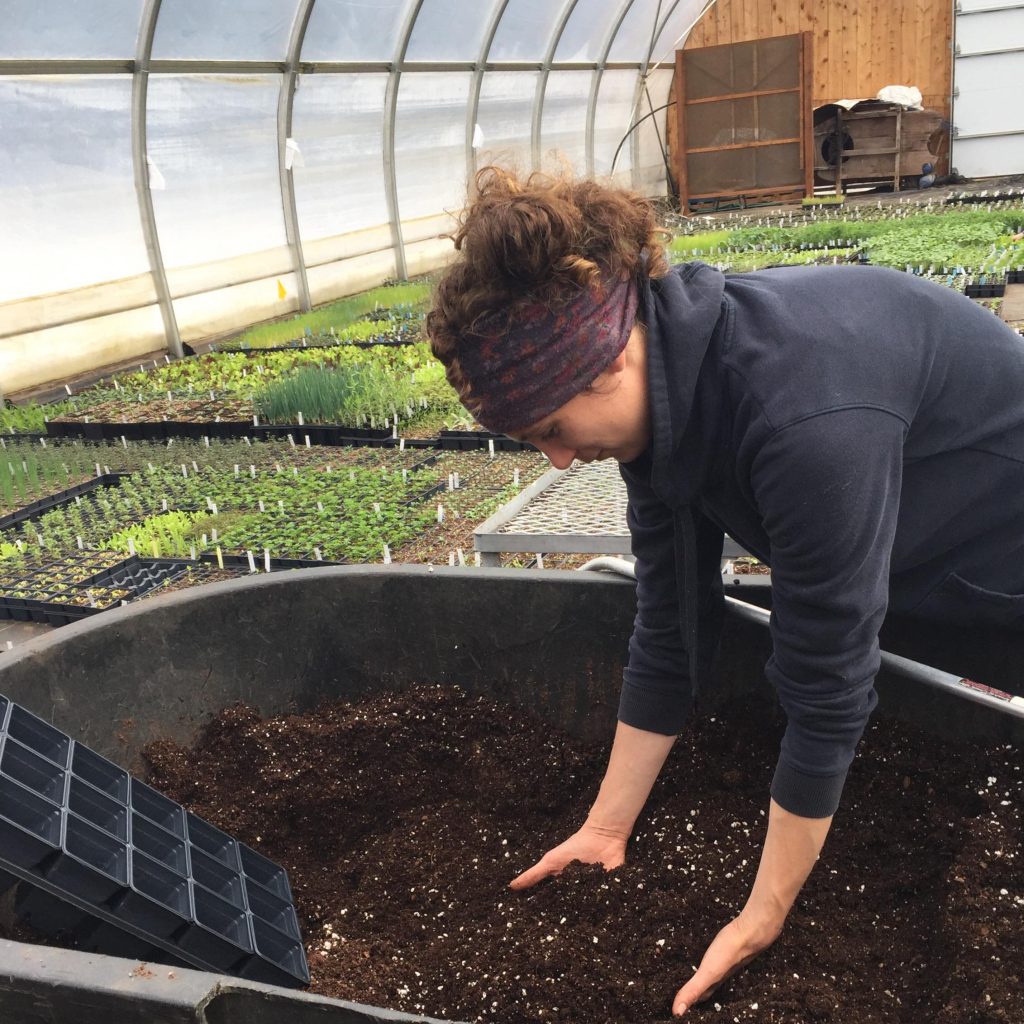
Shall we empty it and start again? Not necessarily
Apply the principle of crop rotation to your container crops as much as possible
Add a 25% volume of compost in the spring
Each year, fill small containers (2L or less) and containers in which seriously diseased crops grew the previous year with new potting soil.
Crop rotation

Avoid growing the same type of crop in the same container from one year to the next.
Follow a gourmet plant (cabbage, tomatoes, potatoes) with another that is less so.
If alternating families is not possible, add compost to the soil and revitalize the soil with manure, bacteria, mycorrhiza or others.
Intercropping
- Some crops grow slowly at the start of the season, but take up a lot of space when mature. The tomato is one. Also, sow radishes and lettuce around a tomato plant to maximize space. You will have already eaten them before the tomato plant invades the space.
- Grow indeterminate tomato varieties high and, after harvesting radishes and lettuce, plant basil and marigolds all around. In addition to being very interesting in cooking, these species protect tomato plants from whiteflies.
- In large containers filled with a well-enriched potting soil, add a morning glory or climbing bean plant and allow it to climb up the tomato plant.

Companionship
Several mechanisms create a beneficial association between plants:
Bait culture
A plant grown mainly to attract harmful insects that are not resistant to it, to keep them away from the crop to be protected.
Nitrogen Fixing Plants
They fix atmospheric nitrogen in the soil for their benefit, but neighboring plants also benefit!
Positive allelopathy
Many plants exude chemicals from the roots or aerial parts that have the effect of suppressing or repelling pests and, thus, protecting their neighbors.
Sharing space
Tall varieties that love the sun provide shade to low varieties that do without it to maximize the yield of the cultivable space. These marriages between tall and low plants sometimes act to control insects.
Beneficial habitats
Plants that create an attractive environment for beneficial insects (pollinating or predatory species and parasites of harmful species).
Diversity
Greater variety reduces favorable conditions for a major infestation.




